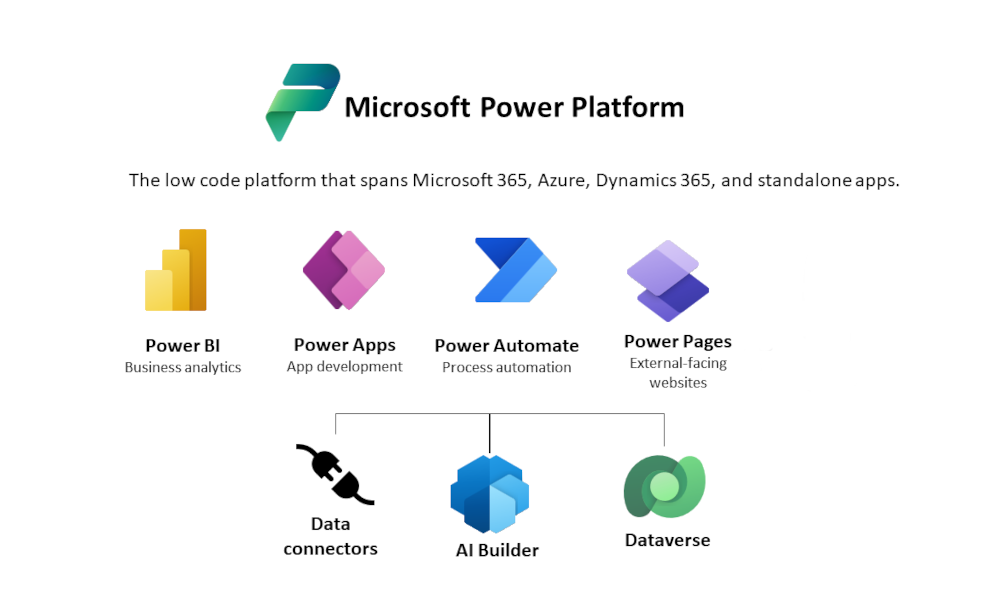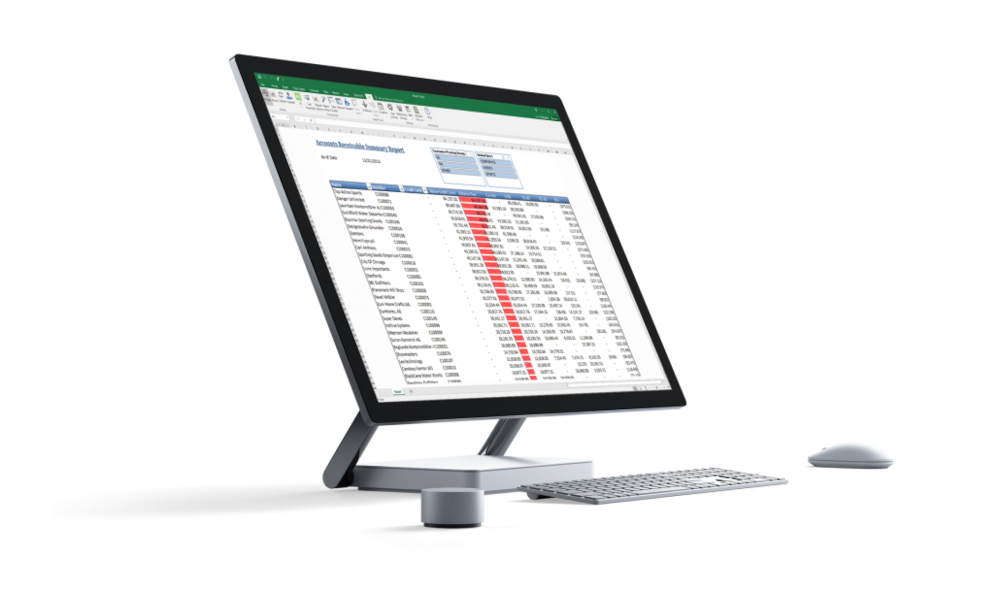Implementing an ERP system cannot be compared to a simple product purchase because it involves significant engagement from the client’s side. Even though a substantial financial effort is made by purchasing the software and hiring an implementer, the fate of the ERP implementation decisively depends on the client’s implementation team. This is due to the the fact that an ERP implementation translates business processes into a computer system, processes that only the client deeply knows. And there are also many decisions to be made, decisions that only the client can make.
It does not mean that the quality of the ERP provider is not important. However, if you decide to go for an ERP implementation and want to be sure of its success, you also need to do a few things on your part. This article will present the most important steps you can take.
Defining the Goals of the ERP Implementation
Even before starting to look for an ERP system and a provider, you need to seriously consider the goals of the ERP implementation. In other words, what do you want it to do, what problems do you expect it to solve? And these need to be very concrete things. For example, one goal could be to budget the expenses and revenues of each department. Or, you want to have a tool through which you can plan supply based on customer sales orders. Or maybe you want to be able to track items by serial numbers in the system, or create approval workflows for purchases that exceed a certain threshold. Only by defining your goals very clearly will you be able to select the right ERP solution and know whether the ERP implementation project will be successful or not.
Defining Business Processes and Requirements
Business processes are activities that lead to achieving the business’s objectives. They have a starting point, an end point, involve people and equipment/systems, and are carried out in a certain order. For example, a business process is sending a sales quote, which starts with the sales agent selecting items on a quote form, continues with setting the price and other conditions, and ends with sending the quote to the client.
The entire activity of the company is a sum of such processes. If you document them (define who does what, in what order, and how important what they do is), you will then be able to easily establish business requirements, which essentially means translating data and constraints related to business processes into an ERP system.
Test, Test, and Test Again
After analyzing all the business requirements, the implementation consultants will configure the ERP system and will import data from the old system (clients, suppliers, items, etc.). There will be a database up until the “Go-Live” phase, which, even though it is not yet the final ERP system, will still allow the recording of transactions. As soon as you have access to this database, get the future users to operate everything they normally do in the old system. There is no better way to identify potential problems.
Sure, you might think that after all, this is the job of the implementation consultants, that’s the reason you hired them. They will test too, but no matter how well-intentioned (and diligent) they might be, you know your work processes and your business the best. It’s possible that, due to time constraints, they might not have managed to document all the business requirements completely. Test early, and you won’t regret it. It’s better than finding out about problems when you are on a production database and erroneous transactions will have consequences.
Communicate the Change
Implementing an ERP system significantly affects the way things are done in a company and it is often unclear to people what work they will do, how they will work, generally what future they will have in the respective company. This generates fear, distrust, resistance to change; if nothing is done about this, there is a risk that the ERP implementation will fail.
It is not for nothing that the literature talks about change management, that is, everything you can do to make it easier for people to transition from the old system to the ERP system. Probably the most powerful tool for change management is communication. If there are going to be some reorganizations of personnel, tasks, responsibilities, communicate them in advance. Also related to communication is highlighting the benefits that the ERP implementation will bring.
You should not think that everyone will be thrilled with the ERP system from the start, especially since the benefits at the beginning may not be very visible. And under the conditions of inherent frustrations at the beginning, because people knew very well how things were done before but are now learning with difficulty how things work in the new system, you will need to explain in detail what good the ERP implementation brings and make them see the “light at the end of the tunnel.”
We discussed the benefits at length in the article The Benefits of Implementing an ERP System, but it only needs to be emphasized that you should bring up those benefits that directly concern the employees. The fact that management will have a new tool for reporting and control won’t mean much to those who process sales orders, but if you tell them that the new ERP system has data validation mechanisms that will help them avoid 90% of operational errors and all the problems that arise from them, they might be more receptive.
Certainly, there would be much more to discuss regarding what you can do to have a successful ERP implementation, but we believe that what we have said so far is a good start.
Elian Solutions is part of the Bittnet Group, active for over 15 years as an implementer of the Microsoft Dynamics 365 Business Central ERP system. With a team of over 70 employees and a portfolio of over 250 clients, Elian Solutions is one of the key Microsoft partners for ERP systems.







